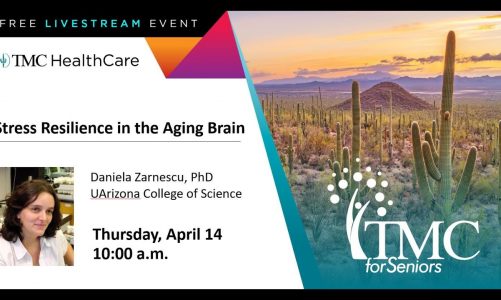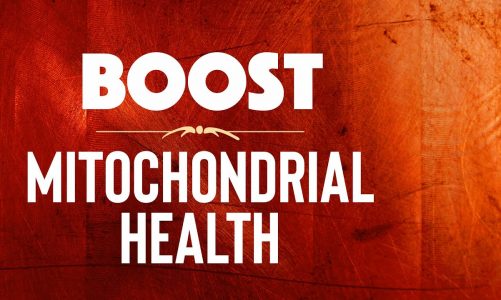The Krebs Cycle, or citric acid cycle, is a central pathway in cellular respiration occurring in mitochondria. It begins with the combination of acetyl-CoA and oxaloacetate, forming citrate. Through a series of enzymatic steps, citrate is transformed, releasing two carbon dioxide molecules and producing NADH and FADH2. In the process, substrate-level phosphorylation generates GTP, later converted to ATP. The cycle regenerates oxaloacetate, ready for the next round.
Key steps include isomerization, decarboxylation, and substrate-level phosphorylation. Succinate dehydrogenase, embedded in the inner mitochondrial membrane, plays a unique role by linking the cycle to the electron transport chain, where NADH and FADH2 donate electrons, contributing to ATP synthesis. Overall, the Krebs Cycle completes the breakdown of acetyl-CoA, yielding high-energy electron carriers. These carriers participate in oxidative phosphorylation, crucial for the production of ATP, providing energy for cellular functions. This cyclic process exemplifies the interconnectedness of metabolic pathways, showcasing the cell’s efficient utilization of nutrients to generate energy.
source



